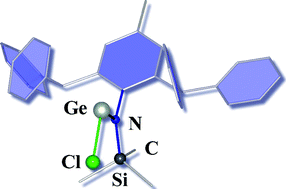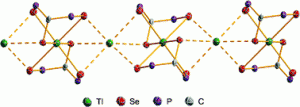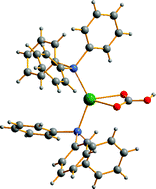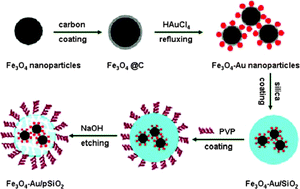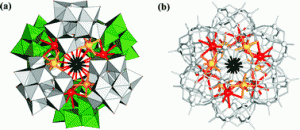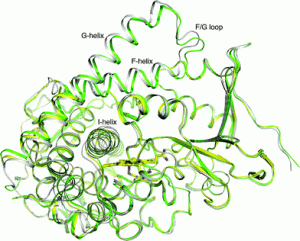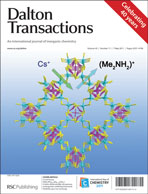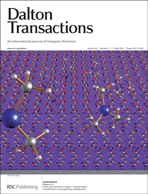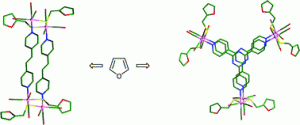In this Dalton Transactions Hot Article, Cameron Jones and colleagues from Monash University, Australia prepared a series of extremely bulky secondary amines.
Deprotonation of the amines with LiBun NaH or KH resulted in alkali metal amide complexes. Reaction of the amides with germanium, tin or lead chloride yielded the first two-coordinate monomeric amido germanium(II) and tin(II) chloride complexes and a chloride bridged amido-lead(II) dimer.
These compounds hold potential as precursors for kinetically stabilised low oxidation state and/or low coordination number main group complexes.
Read more for FREE:
Extremely bulky amido-group 14 element chloride complexes: Potential synthons for low oxidation state main group chemistry
Jiaye Li, Andreas Stasch, Christian Schenk and Cameron Jones
Dalton Trans., 2011, Advance Article
DOI: 10.1039/C1DT10678C, Paper


